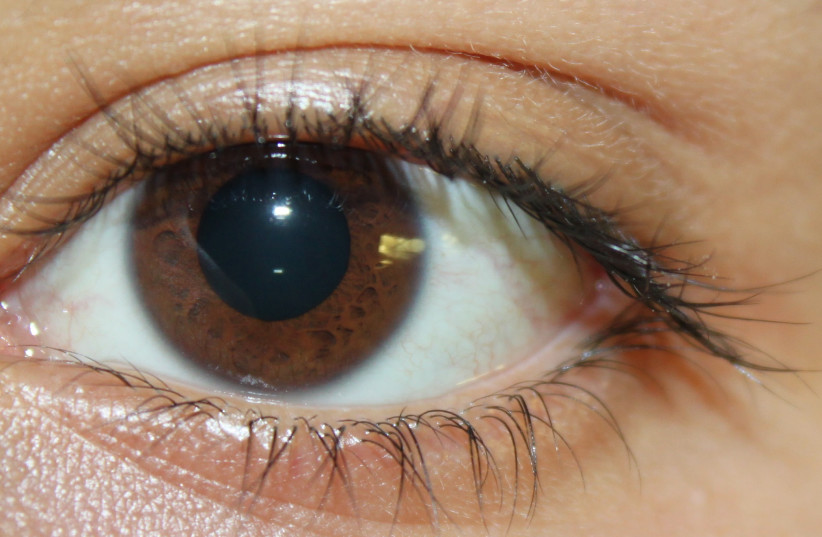Scientists at the University of Virginia Health System (UVA) may have found new ways to prevent vision loss.
A new peer-reviewed study published earlier this week uncovered a new focus that prevents the knotting of blood vessels attached to conditions like neo-vascular macular degeneration, proliferative diabetic retinopathy and ischemic retinal vein occlusion.
The knotting of the blood vessels was attributed to abnormal growth in the vessels, caused by an excessive amount of “vascular endothelial growth factor-A. (VEGF).”
While there are already treatments available to prevent excessive growth of the blood vessels, the effects of current treatments become less effective over time.
Findings of the study
The study identified a key protein that VGF requires to continue growth. The scientists were able to block the protein in lab mice, which provided the desired result of reducing VEGF levels.
The experimental treatment showed no immediate signs of side effects. The scientists were initially concerned that there would be an impact on the retina, but this was not the case.
"Our study has opened up the possibility of mitigating aberrant blood vessel growth in eye diseases by targeting the epigenetic machinery," said Jayakrishna Ambati, the founding director of UVA’s Center for Advanced Vision Science and a member of the University of Virginia School of Medicine’s Department of Ophthalmology.
“Through local targeting of the epigenetic regulator, we have gained a deeper understanding of how ocular immune cells can cause a loss of control over blood vessel growth under the retina. This approach also offers a new direction for the development of more effective, cost-efficient and accessible interventions, thereby avoiding issues such as drug resistance, which is a growing concern with conventional anti-VEGF therapies used in clinical treatments.”
How many people suffer from loss of eyesight?
According to the CDC, 4.2 million Americans aged 40 and over are legally blind or have low vision. The leading cause of blindness is primarily age-related conditions.
Blindness and vision loss, in 2017, was believed to have a combined economic cost of $134.2 billion, according to the CDC. This combined cost worked out to be $16,838 annually per affected person.
Diabetic Retinopathy, one of the aforementioned conditions, has 12,000-24,000 new cases in the US annually.

